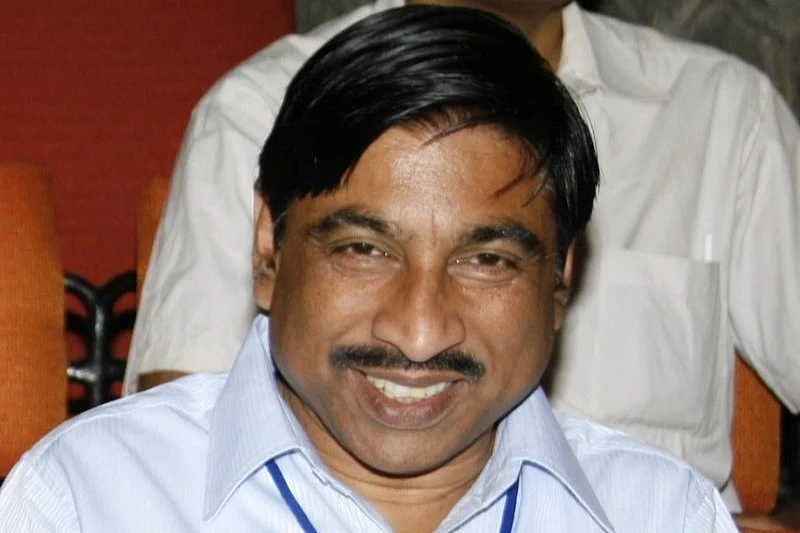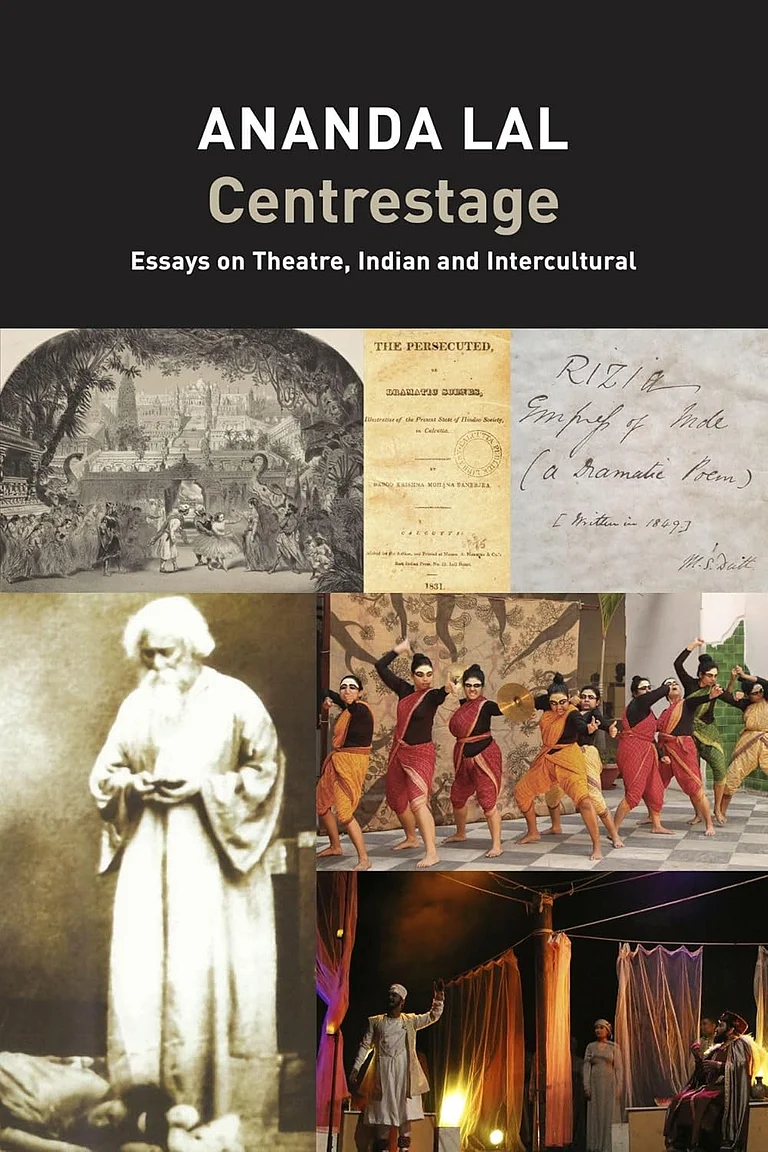K.K. Mohemmad was actively occupied with media interviews at his apartment in Kozhikkode, where he resides during his retirement alongside his wife. Upon this reporter's arrival in his apartment, a television channel was wrapping up an interview. Mohemmad, displaying a hospitable demeanour, graciously offered tea and snacks to the visitors. He seemed to relish all the attention from the media spotlight, reflecting on an archaeological endeavour he had participated in 44 years prior, during his tenure as a student trainee in an excavation project led by B.B. Lal. The controversy surrounding the findings of the archaeological excavations conducted by the Archaeological Survey of India from 1969 to 1980 has placed K.K. Mohammad at the epicentre of the discourse.
Initially, Mohemmad asserted his role as a "team member" with B.B. Lal, emphasizing his singular status as the sole Muslim within the entire team. However, subsequent scrutiny by historians, including Professor Ali Nadeem Rezavi of Aligarh Muslim University, challenged Mohemmad's assertions. The evidence brought forth revealed that he had been a mere student trainee during that period, concurrently pursuing a Post Graduate Diploma in Archaeology.
While talking to Outlook, K.K. Mohemmad acknowledged his role as a student trainee with a Master's degree in History, asserting that possessing a Post Graduate Diploma in Archaeology is deemed sufficient qualification for active participation in an excavation project of such nature. He constantly blamed ‘left historians like Irfan Habib and Romila Thapper for creating controversy regarding the findings of B B Lal and team in the excavation in Ayodhya. According to K K Mohemmad, the left historians only escalated the conflict by questioning the findings of ASI. “It should have been amicably settled by Muslims voluntarily relinquishing the claim upon the Masjid” says K K Mohemmad.
During the conversation with Outlook, K.K. Mohemmad reiterated his assertions regarding the Archaeological Survey of India's (ASI) purported discovery of temple ruins at the excavation site, citing it as unequivocal evidence of a 'historical wrong.' Contrary to his claims, several historians have refuted the ASI's assertion, contending that the uncovered structure dates back to the 12th century, without conclusive evidence of it being a temple or discernible proof regarding whether its destruction was an intentional human act.
In alignment with these counter-arguments, the Supreme Court, too, dismissed the ASI's findings concerning the assertion that the Babri Masjid was constructed upon the deliberately destroyed remnants of a temple.
The Supreme Court judgment states as follows;
“While the ASI report has found the existence of ruins of a pre-existing structure, the report does not provide: (a) The reason for the destruction of the pre-existing structure;(b) Whether the earlier structure was demolished for the purpose of the construction of the mosque.
Since the ASI report dates the underlying structure to the twelfth century, there is a time gap of about four centuries between the date of the underlying structure and the construction of the mosque. No evidence is available to explain what transpired in the course of the intervening period of nearly four centuries.
The ASI report does not conclude that the remnants of the pre-existing structure were used for the purpose of constructing the mosque (apart, that is, from the construction of the mosque on the foundation of the erstwhile structure). The pillars that were used in the construction of the mosque were black Kasauti stone pillars. ASI has found no evidence to show that these Kasauti pillars are relatable to the underlying pillar bases found during the course of excavation in the structure below the mosque”.
While seeking response to this portion of the judgment from page No. 906, K.K. Mohemmad stated that the Supreme Court was engaged in a balancing act. He remarked, "I don't know the reason for the Supreme Court saying so; it must be a balancing act on the part of the Supreme Court because the Muslim community had possession of the site. Otherwise, there is no other permanent solution to this problem," said K.K. Mohemmad.
The Supreme Court judgment ratifies the contentions that there is no conclusive evidence to prove that the structure existed in 12th century was a temple but a structure ‘suggestive of a Hindu religious origin’. Secondly there is a gap of 400 years between the construction of Babri Masjid (built in 1528) and the existence of an erstwhile structure which provided little evidence to prove that the erstwhile structure was destroyed by human intervention.
The excavations conducted at Ayodhya headed by B.B. Lal transpired during three distinct seasons: 1969-70, 1976-77, and 1979-80. The comprehensive and final report of these excavations was not published.
"In spite of numerous appeals to publish the complete excavation report, Lal provided only interim reports. The exhaustive documentation of the excavations was never made publicly available," Professor Ali Nadeem Rezavi of Aligarh Muslim University said to Outlook.
Professor Rezavi further asserted that these interim reports, accessible on the Archaeological Survey of India (ASI) website, lack any reference to the presence of temple remains, such as pillars or bases. Additionally, there is no mention of an individual named K.K. Mohemmad as part of the teams engaged in the excavation efforts, Professor Rezavi emphasized.
"None of these reports make any allusion to such artefacts or to the involvement of K.K. Mohemmad in the excavation teams. Two team members later verified that he was part of a team of students for training purpose. His initial claim that he was a team member with B B Lal is proved to be wrong. There is a world of difference between being a student trainee and member of the team in an excavation project” says Professor Rezavi challenging the claims made by K K Mohemmad.
Professor Rezavi highlighted that B B Lal's recollection of encountering pillar bases of a temple at the Ayodhya site emerged only in 1990, conspicuously during the period of L.K. Advani's Rath Yatra, which gained notoriety for its associated trail of riots and unrest from 1990 to 1992 which culminated in the demolition of Babri Masjid.
Even the excavations carried out in 2003 followed by the demolition of Babri Masjid, no evidence for the existence of a temple was found according to Jaya Menon and Supriya Verma, scholars of archaeology. They argue that the ASI simply followed the ‘Pillar theory’ established by Professor B B Lal which he wrote in ‘Manthan’ an RSS affiliated magazine.
“The temple theory largely rests on the “pillar bases” that were supposedly recovered by the ASI in the 2003 excavations. As mentioned earlier, it was Lal who had first talked about the importance of the “pillar bases” as evidence for a pillared temple under the Babri masjid in his article published in Manthan.
Pillar bases are supposed to be foundations on which stone pillars stood. In turn, the roof would have been supported by these pillars. So, pillar bases are required to be load-bearing and stable in nature. It appears that the ASI in its excavations just followed Lal’s line of thinking and created 50 “pillar bases” as further evidence for the temple. It was necessary for the ASI to find pillar bases because, without them, the theory of a temple would fall apart” write Jaya Menon and Supriya Verma in the paper published in Economic and Political Weekly in December 2010.


























